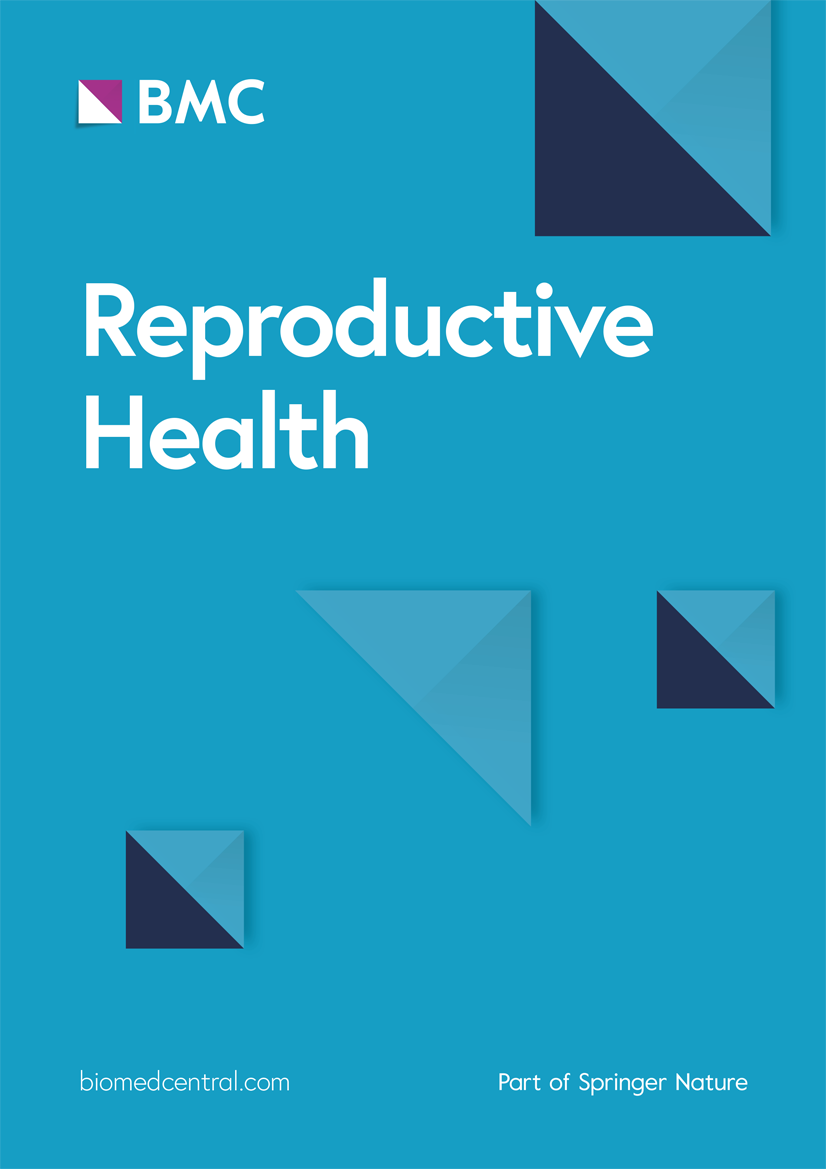Air Pollution Linked With Increased Risk of Brain Bleeds in US Study – ScienceAlert

Report on the Link Between Air Pollution and Neurological Health
Introduction and Executive Summary
A retrospective study conducted by the University of Utah has identified a potential link between exposure to air pollution and an increased incidence of brain hemorrhages. This research highlights a critical public health issue that directly impacts the achievement of the United Nations Sustainable Development Goals (SDGs), particularly SDG 3 (Good Health and Well-being) and SDG 11 (Sustainable Cities and Communities). The findings indicate that peaks in air pollution levels are followed by a higher rate of aneurysmal ruptures, underscoring the severe health consequences of environmental degradation.
Study Methodology and Key Findings
Research Context
The study was centered in Utah’s Wasatch Front, a metropolitan region known for poor air quality where pollutants become concentrated. This urban setting makes the findings particularly relevant to SDG 11, which seeks to create inclusive, safe, resilient, and sustainable urban environments.
- Study Design: A small, retrospective analysis.
- Participants: 70 patients treated for aneurysmal subarachnoid hemorrhage.
- Data Scope: Five years of environmental exposure data preceding hospitalization.
Analysis and Results
Researchers analyzed patient data against levels of airborne pollutants known to be detrimental to human health. The failure to control such pollutants is a direct barrier to achieving SDG 3.9, which aims to substantially reduce the number of deaths and illnesses from hazardous chemicals and air, water, and soil pollution and contamination.
- Pollutants Monitored: The study included ozone, nitrogen dioxide, sulfur dioxide, carbon monoxide, and fine particulate matter (PM2.5).
- Primary Finding: A statistically significant increase in brain hemorrhages was observed three to six months after patients were exposed to the highest levels of PM2.5.
- Suspected Mechanism: The researchers theorize that long-term exposure to pollutants induces systemic inflammation, accumulates cellular damage, and impairs DNA repair, ultimately weakening cerebral blood vessels and leading to rupture.
Implications for Sustainable Development Goals (SDGs)
SDG 3: Good Health and Well-being
Air pollution is a global health crisis, estimated to cause approximately 8 million deaths annually. This study adds to the body of evidence demonstrating its role in non-communicable diseases, a key target area for SDG 3.
- Systemic Health Damage: Pollutants are known to sensitize the body to inflammatory cytokine cascades, exacerbating health risks.
- Compounded Risks: Air pollution worsens the lethality of other health threats, including extreme heat (related to SDG 13, Climate Action) and respiratory viruses like COVID-19.
- Global Disparity: While some countries have improved air quality, many regions are experiencing rising pollution, creating a significant obstacle to achieving global health equity.
SDG 11: Sustainable Cities and Communities
The study’s location in a metropolitan area underscores the urgent need to address urban air quality as a core component of sustainable development. The objectives of SDG 11.6, which call for reducing the adverse per capita environmental impact of cities by improving air quality, are directly supported by this research.
Recommendations and Path Forward
Policy and Public Health Interventions
The research team proposes several interventions that align with the 2030 Agenda for Sustainable Development. These measures are crucial for mitigating public health risks and advancing long-term environmental sustainability.
- Promote Sustainable Transport: Incentivizing the use of public transportation is a key strategy for reducing emissions and directly supports SDG 11.2 (provide access to safe, affordable, accessible and sustainable transport systems).
- Strengthen Environmental Regulations: Applying stricter daily pollution quotas is essential for protecting public health and aligns with the targets of both SDG 3 and SDG 11.
- Expand Research and Partnerships: Broadening funding for environmental studies is critical for developing evidence-based policies, reflecting the collaborative spirit of SDG 17 (Partnerships for the Goals).
Conclusion
This research reinforces the profound connection between environmental quality and human health. Addressing air pollution is not merely an environmental issue but a fundamental requirement for achieving global goals related to health, sustainable cities, and climate action. The findings serve as an urgent call for integrated policies that protect citizens from environmental hazards and promote truly sustainable urban development.
1. Which SDGs are addressed or connected to the issues highlighted in the article?
The article on the health impacts of air pollution in Utah addresses the following Sustainable Development Goals (SDGs):
-
SDG 3: Good Health and Well-being
This goal is central to the article, which focuses on the adverse health effects of air pollution. The text explicitly links airborne pollutants to severe health conditions, including brain bleeds, inflammation, and DNA damage. It states that pollutants “are estimated to cause around 8 million deaths a year,” directly connecting environmental factors to human health and mortality, which is a core concern of SDG 3.
-
SDG 11: Sustainable Cities and Communities
The article highlights issues within a specific urban and metropolitan context. The study is set in “The Wasatch Front – a metropolitan region towards Utah’s north,” which is noted for having a “particularly bad reputation for concentrating air pollutants.” The discussion of solutions, such as incentivizing “public transportation use” and applying “stricter daily pollution quota regulations,” directly relates to managing the environmental impact of cities, a key aspect of SDG 11.
2. What specific targets under those SDGs can be identified based on the article’s content?
Based on the article’s content, the following specific SDG targets can be identified:
-
Target 3.9: By 2030, substantially reduce the number of deaths and illnesses from hazardous chemicals and air, water and soil pollution and contamination.
This target is directly relevant as the article’s main focus is on the health consequences of air pollution. The text supports this by:
- Stating that airborne pollutants “are estimated to cause around 8 million deaths a year.”
- Detailing a study that found a link between air pollution and “aneurysmal rupture” (brain bleeds).
- Explaining that pollutants cause “inflammation throughout our bodies,” “accumulation of cellular damage,” and “impair DNA repair processes,” which represent the “illnesses” mentioned in the target.
-
Target 11.6: By 2030, reduce the adverse per capita environmental impact of cities, including by paying special attention to air quality and municipal and other waste management.
This target is addressed through the article’s focus on urban air quality and its management. The connection is established by:
- Centering the research on a metropolitan region in Utah known for “poor air quality.”
- Identifying specific pollutants like “particles less than 2.5 micrometers (PM2.5)” as a major problem in this urban area.
- Proposing city-level solutions to “lessen our exposure,” such as “stricter daily pollution quota regulations” and promoting “public transportation use.”
3. Are there any indicators mentioned or implied in the article that can be used to measure progress towards the identified targets?
Yes, the article mentions and implies specific indicators that align with the identified targets:
-
Indicator 3.9.1: Mortality rate attributed to household and ambient air pollution.
The article provides a direct quantitative measure related to this indicator by stating that airborne pollutants “are estimated to cause around 8 million deaths a year.” This figure serves as a global baseline for the mortality rate caused by ambient air pollution, which the target aims to reduce.
-
Indicator 11.6.2: Annual mean levels of fine particulate matter (e.g. PM2.5 and PM10) in cities (population weighted).
This indicator is heavily implied and directly referenced throughout the article. The text:
- Identifies “particles less than 2.5 micrometers (PM2.5)” as a key airborne pollutant.
- Notes that the study found a “statistically significant increase in brain hemorrhages months after exposure to the highest PM2.5 levels.”
- Includes a map showing “The average annual PM2.5 over two decades (2000-2019),” which is a direct visualization of the data used for this indicator. This demonstrates the measurement of fine particulate matter in an urban environment over time.
4. Create a table with three columns titled ‘SDGs, Targets and Indicators” to present the findings from analyzing the article. In this table, list the Sustainable Development Goals (SDGs), their corresponding targets, and the specific indicators identified in the article.
| SDGs | Targets | Indicators |
|---|---|---|
| SDG 3: Good Health and Well-being | Target 3.9: By 2030, substantially reduce the number of deaths and illnesses from hazardous chemicals and air, water and soil pollution and contamination. | Indicator 3.9.1: Mortality rate attributed to household and ambient air pollution. (Evidence: The article states that pollutants “are estimated to cause around 8 million deaths a year” and links them to illnesses like brain bleeds and inflammation.) |
| SDG 11: Sustainable Cities and Communities | Target 11.6: By 2030, reduce the adverse per capita environmental impact of cities, including by paying special attention to air quality… | Indicator 11.6.2: Annual mean levels of fine particulate matter (e.g. PM2.5 and PM10) in cities (population weighted). (Evidence: The article focuses on “PM2.5” levels in a metropolitan region and includes a map showing “The average annual PM2.5 over two decades.”) |
Source: sciencealert.com

What is Your Reaction?
 Like
0
Like
0
 Dislike
0
Dislike
0
 Love
0
Love
0
 Funny
0
Funny
0
 Angry
0
Angry
0
 Sad
0
Sad
0
 Wow
0
Wow
0











































































